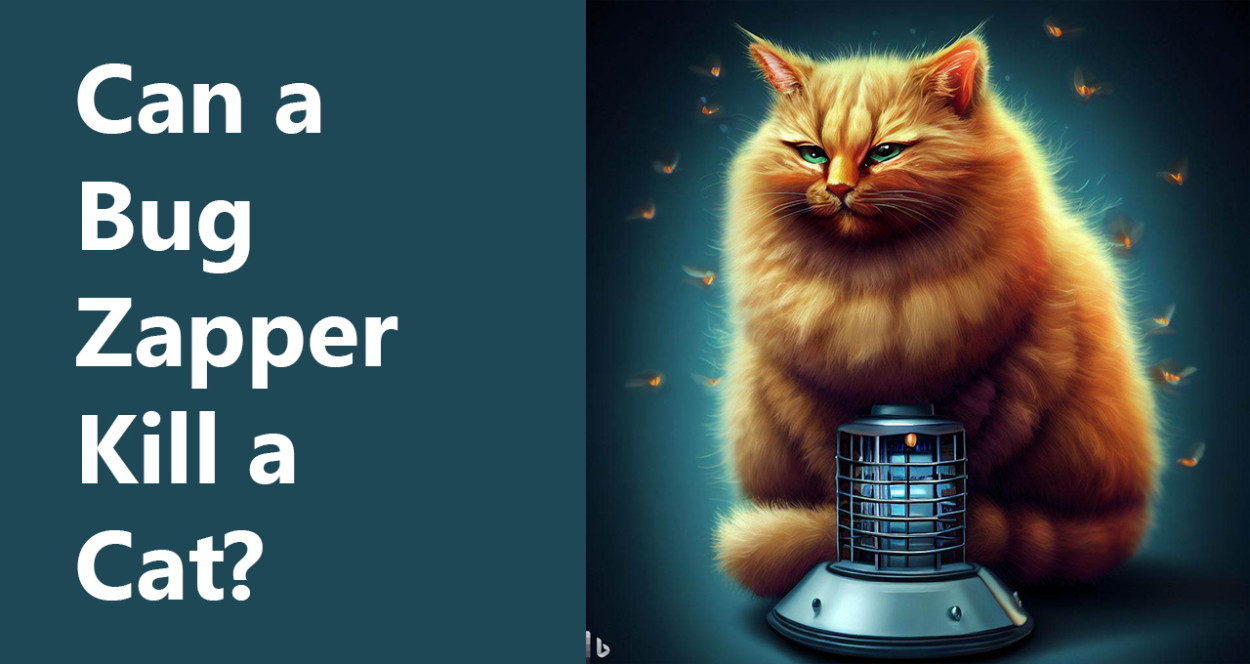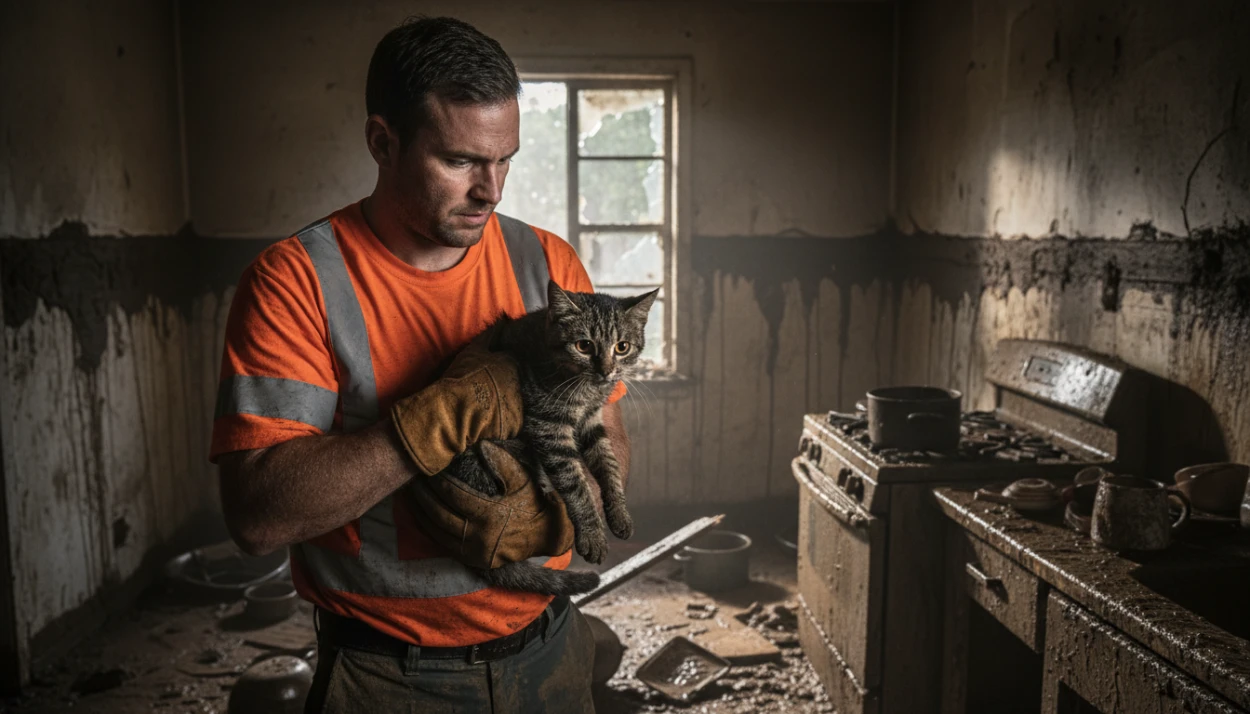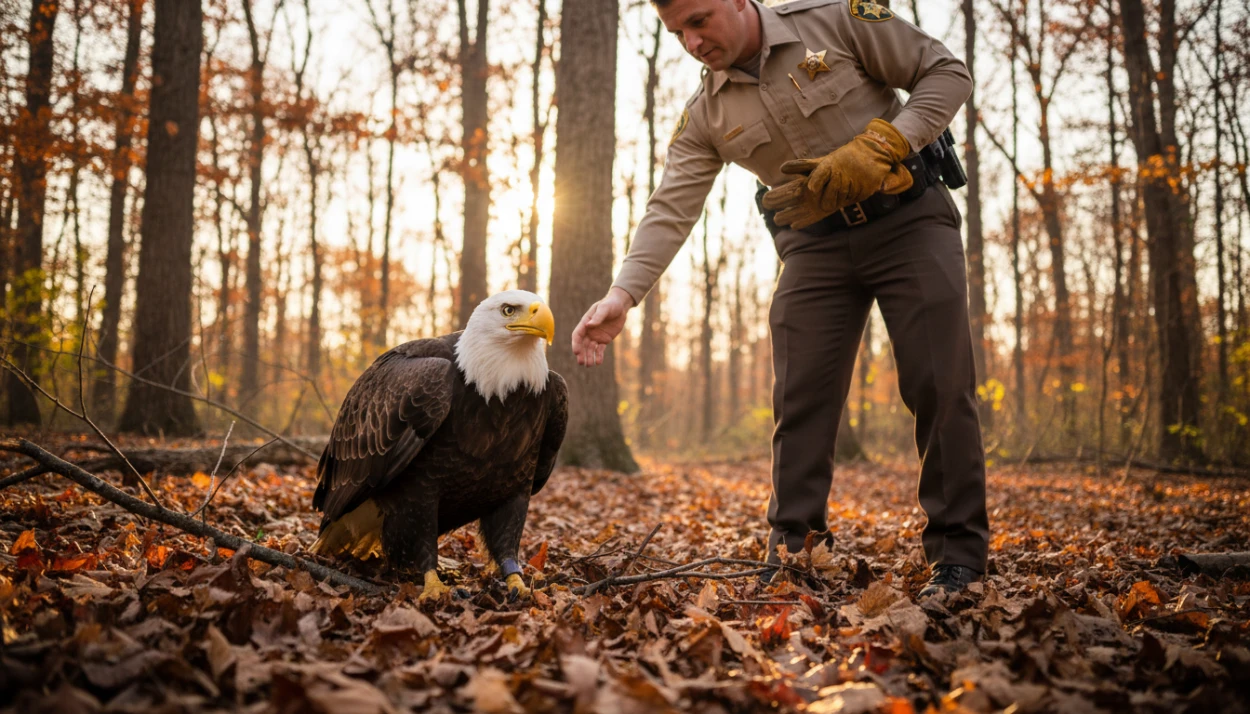Wondering if a bug zapper can harm your feline friend? Read our comprehensive guide to learn about the potential risks and how to keep your cat safe from bug zappers.

Bug zappers are widely used devices that attract and eliminate flying insects by emitting ultraviolet (UV) light and using an electric grid or mesh to zap them. These devices can be effective in reducing the number of pesky insects around your home or outdoor area. However, if you're a cat owner, you may have concerns about the safety of bug zappers around your furry companions. In this article, we will explore the potential risks and safety considerations regarding bug zappers and cats.
Understanding Bug Zappers
What is a Bug Zapper?
A bug zapper, also known as an insect electrocution or electronic insect killer, is an electronic device designed to attract and kill flying insects. It typically consists of a light source, usually UV light, and an electric grid or meshes that emits a high voltage to electrocute the insects upon contact.
How Bug Zappers Work
Bug zappers operate on the principle of phototaxis, which is the attraction of insects to light sources. The UV light emitted by bug zappers mimics the spectrum of light that many flying insects find irresistible. Once attracted to the light source, insects come into contact with the electric grid, where they receive an electric shock and are effectively eliminated.
Types of Bug Zappers
Bug zappers come in various forms, including stationary units, hanging models, and portable devices. Some bug zappers are designed for outdoor use, while others are intended for indoor environments. Additionally, there are bug zappers specifically tailored for commercial and industrial applications.
Potential Risks to Cats
While bug zappers are generally safe for humans and larger animals, there are some potential risks associated with cats and bug zappers that cat owners should be aware of.
Attraction to Light
Cats are naturally curious animals and are often attracted to sources of light. Bug zappers emit a bright UV light to attract insects, which may also pique a cat's interest. Cats that come too close to bug zappers may risk getting injured or trapped in the device.
Electric Shock
Bug zappers generate high-voltage electric currents to kill insects. If a cat were to touch the electric grid or mesh while the bug zapper is active, it could receive an electric shock. The severity of the shock would depend on the strength of the bug zapper and the duration of contact.
Chemical Exposure
Some bug zappers use chemical attractants, such as lures or pheromones, to enhance their effectiveness. These chemicals can be toxic if ingested by cats or other animals. It is essential to keep bug zappers with chemical attractants out of reach of pets to prevent accidental exposure.
Factors Affecting Safety
The safety of bug zappers around cats depends on various factors that should be considered by cat owners.
Size and Strength of Bug Zapper
The size and strength of the bug zapper play a crucial role in determining its potential risk to cats. Larger bug zappers with higher voltage may pose a greater danger. It is advisable to choose bug zappers that are specifically designed for outdoor use and have protective enclosures to prevent accidental contact.
Installation and Placement
Proper installation and placement of bug zappers can help minimize risks to cats. It is recommended to mount bug zappers at a height where cats cannot reach them, such as on a tall pole or a wall. Additionally, placing bug zappers in areas less frequented by cats, such as the backyard instead of near entryways, can reduce the chances of accidental contact.
Cat's Behavior and Curiosity
Understanding your cat's behavior and curiosity is essential in ensuring their safety around bug zappers. Some cats may show little interest in bug zappers, while others may be more inquisitive. If your cat has a history of being fascinated by lights or electrical devices, it is crucial to take extra precautions and closely monitor their interaction with bug zappers.
Precautions for Cat Owners
As a responsible cat owner, there are several precautions you can take to protect your cat from potential risks associated with bug zappers.
Supervision and Monitoring
When using bug zappers in areas accessible to your cat, it is essential to supervise and monitor their behavior closely. Keep an eye on your cat when they are outside and ensure they do not approach or attempt to play with the bug zapper. Promptly intervene if you notice any signs of curiosity or attempted contact.
Keeping Cats Indoors at Night
To eliminate the risk of exposure to bug zappers altogether, consider keeping your cat indoors during the hours when bugs are most active and bug zappers are likely to be in operation. Providing a safe and stimulating indoor environment for your cat can help ensure their well-being while minimizing potential hazards.
Alternative Pest Control Methods
If you have concerns about bug zappers' safety around your cat, you can explore alternative methods for controlling insects. Consider using non-toxic insect repellents, installing screens on windows and doors, or employing natural pest control measures to create a safer environment for both your cat and yourself.
Conclusion
Bug zappers can be effective tools for managing flying insect populations around your home, but it is crucial to consider the safety of your cat when using these devices. While bug zappers are generally safe when used properly, they do pose potential risks to cats, such as electric shock and exposure to chemicals. By understanding these risks, considering the factors affecting safety, and taking necessary precautions, you can minimize the likelihood of harm to your feline companion while enjoying the benefits of bug zappers.
FAQs
Are bug zappers safe around cats?
Bug zappers can pose risks to cats if they come into contact with the electric grid or chemical attractants. It is important to supervise and monitor your cat's behavior around bug zappers and take precautions to minimize potential hazards.
Are bug zappers safe around pets?
Bug zappers can be hazardous to pets, including cats, if they are exposed to the electric grid or ingest chemical attractants. It is advisable to keep bug zappers out of the reach of pets and consider alternative pest control methods to ensure their safety.
Are bug zappers toxic?
Some bug zappers use chemical attractants that can be toxic if ingested by cats or other animals. It is crucial to prevent pets from accessing bug zappers with chemical attractants to avoid potential toxicity risks.
Are indoor bug zappers safe?
Indoor bug zappers can be used safely around cats if appropriate precautions are taken. It is important to select bug zappers designed for indoor use, follow installation instructions, and keep them out of reach of curious pets. Regular supervision and monitoring are also recommended.










